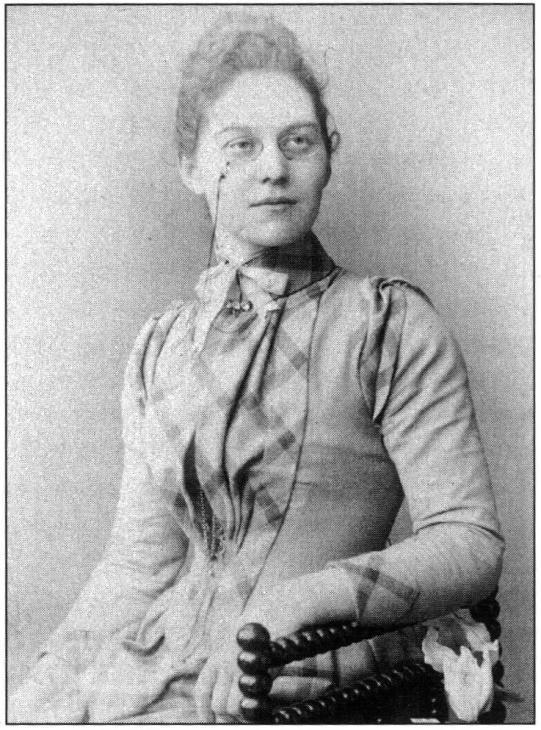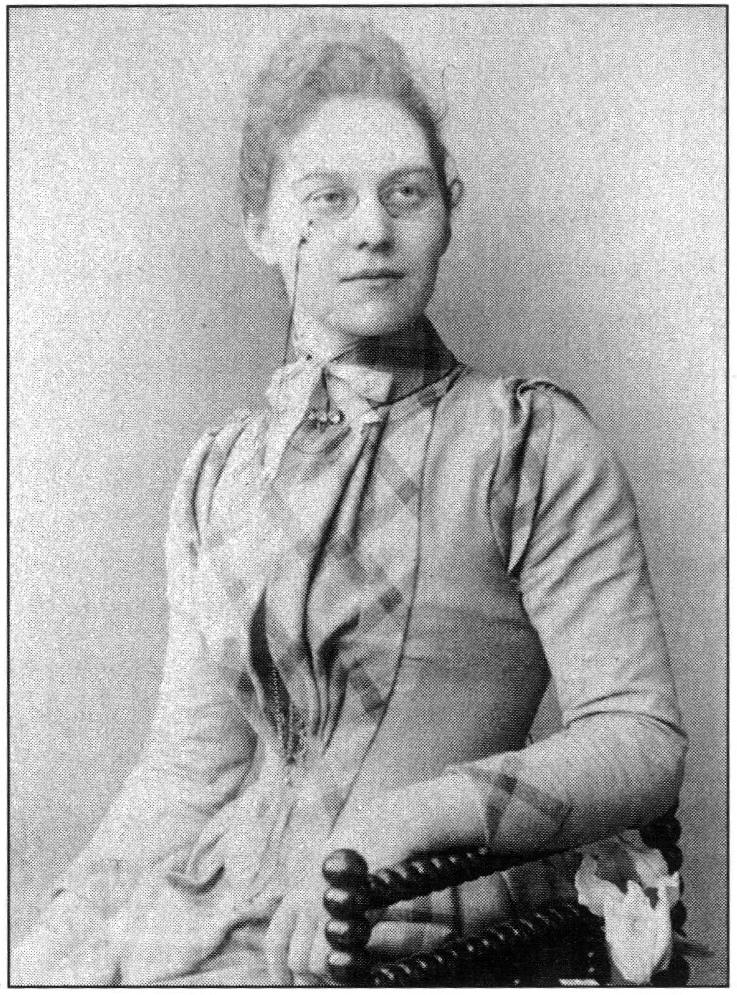 People
PeopleA woman's place
The Victorian urge for self-help and modernisation affected women astronomers, who played significant roles in civic astronomy societies; they were among the founders of the British Astronomical Association.
 People
PeopleThe Victorian urge for self-help and modernisation affected women astronomers, who played significant roles in civic astronomy societies; they were among the founders of the British Astronomical Association.

Florence Taylor
Image Credit: Chapman
The Victorian urge for self-help and modernisation affected women astronomers, who played significant roles in civic astronomy societies; they were among the founders of the British Astronomical Association.
The flowering of enterprise and self-help that so characterised learning in Victorian and Edwardian times encompassed women astronomers. Elizabeth Brown was one of the prime movers in the formation of the British Astronomical Association and especially its solar section, as Richard McKim describes in his article in the latest issue of A&G. The BAA benefitted from its more welcoming attitude ot women compared to the RAS; not only did they gain Miss Brown's expertise, but they had for many years the services of Annie Maunder, as active member, Journal editor and eclipse expedition participant and expert photographer.
The spirit of self help was important in establishing independant regional astronomy societies such as those in Leeds and Liverpool. They welcomed educated women and professionals such as schoolteachers, who found in astronomy a satisfying and informative hobby. The picture shows FLorence Taylor, leading light of the Leeds Astronomical Society. Allan Chapman writes about some of the societies that contributed to women participating in astronomy in the August issue of A&G
If you would like to submit an article to A&G Forum then please go here.